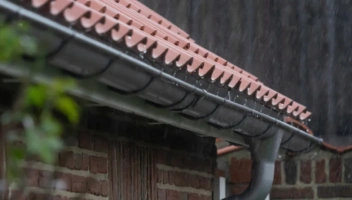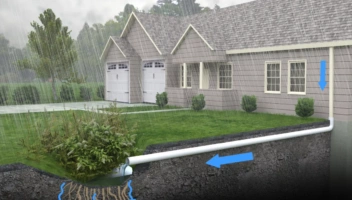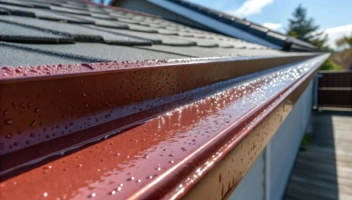Pros and Cons Of Green Roof Systems

While green roofs have been respected in Europe over the past few decades, they have recently become popular in the United States. Also known as a living roof, a green roof is intended to grow plants and other vegetation, similar to a rooftop garden.
Compared to other roofing options, green roofs are considered incredibly beneficial to homeowners for a variety of reasons. To learn more about the pros and cons of green roofs in order to determine if green roofing systems are right for you, read on.
Pros
Less Pollution: Pollution is a serious homeowner issue because it prompts a number of serious health problems in children and adults. Green roofs are capable of absorbing pollution that may surround your house.
Optimal Insulation: As a result of their greenery, green roofing systems are excellent insulators. By maintaining a proper temperature within the house, an eco-roof serves as a protective layer that absorbs UV rays and blocks cold winds to protect your home from outer conditions.
Noise Reduction: Many homeowners in urban areas face the issue of noise pollution. Fortunately, an eco-roof can minimize noise pollution and create a relaxing environment within your house. It can deflect annoying noises more efficiently than any other roofing system.
Curb Appeal: If you’re looking to beautify your most prized possession, your home, investing in an eco-friendly roof is a great idea. Homeowners who work at home or stay at home often find that spending time in a roof garden gives them a productive and enticing change of scenery.
Improved Air Quality: Since plants remove carbon dioxide from the air and produce oxygen, they can enhance air quality. By owning a green roof, you can enjoy the peace of mind that comes with knowing you are breathing cleaner air and reducing your personal carbon footprint.
Money Savings: One of the most significant advantages of green roofs is their ability to save homeowners on electricity bills. Plantings can stimulate heat retention in your home during the winter and provide a cooling effect in the summer months. Therefore, you won’t have to turn your heat or air-conditioning up as often or as high and save big.
Wondering if you’ve seen a green roof? This video by NPR offers some insight into these incredible structures:
Cons:
Expense: The initial expense that comes with designing and building an eco-friendly roof is high. Generally, an eco roofing system will cost homeowners between $8 and $40 a square foot, including insulation. Custom-designed green roofs are always more costly than modular units.
Maintenance: In order for a green roof to benefit a homeowner, all of the plants and cultivation must thrive and stay in excellent form. If all of the plants die, an eco-roof is no longer a practical investment. Landscaping and gardening costs must be considered even with simple plants.
Damage and Leakage: Unfortunately, green roofing systems are susceptible to damage and leakage. Plant roots can penetrate the waterproof membrane and trigger roof leaks that can lead to structural damage.
Although green roofing systems come with several inconveniences, their pros far outweigh their cons. Whether you opt for an extensive, semi-intensive or intensive green roof, you are bound to reap its many benefits.
Do you own an eco-friendly roof? If so, share your experience in the comments below!
There are a number of materials that can be used in roofing. You can learn more in our article on the best roofing materials in the nation.


